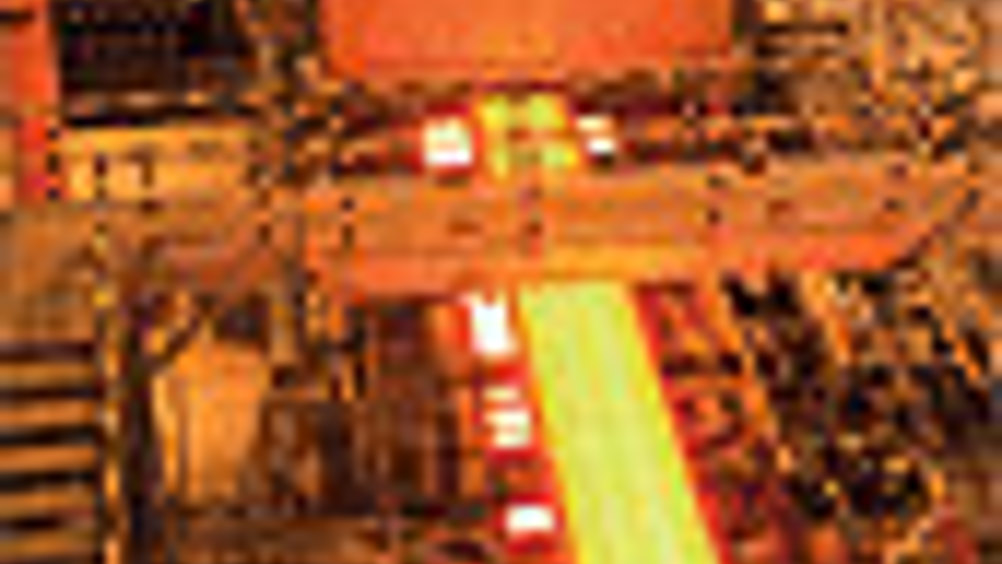Holding its own

Structural steel and engineering group, Billington Holdings, has reported strong results for the 2008 financial year, with profits up by 8.5 per cent.
The Yorkshire-based company said that its profit before tax increased to £5.2m compared with £4.8m a year earlier.
Revenue rose by 11.6 per cent to £78.3m and earnings-per-share (EPS) were up 6.3 per cent to 30.4p.
In line with expectations, Billington’s structural steel activities brought in an operating profit of £4.6m and the group’s specialist engineering activities achieved an operating profit of £0.7m.
Despite the current downturn in construction, the group claims to be in a good position with a strong balance sheet. Its strategy of using cash made from the sale of non-core assets to fund working-capital requirements means that it currently has no debt.
Peter Hems, executive chairman of the company, said: ‘I am pleased with the group’s performance since the disposal of non-core assets in April 2008. Despite some uncertainty with lower activity levels and margins at Billington Structures, the group’s forward order book remains strong. In particular, we are buoyed by our focus on the public sector, including schools and hospitals, and because we are a preferred supplier to a number of main contractors.’
Register now to continue reading
Thanks for visiting The Engineer. You’ve now reached your monthly limit of news stories. Register for free to unlock unlimited access to all of our news coverage, as well as premium content including opinion, in-depth features and special reports.
Benefits of registering
-
In-depth insights and coverage of key emerging trends
-
Unrestricted access to special reports throughout the year
-
Daily technology news delivered straight to your inbox










Fusion inches closer as ITER completes magnet system
I believe the purpose of ITER isn't to make usable power, it is a research project which will be used to design the first generation of actual...